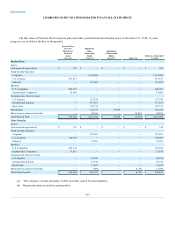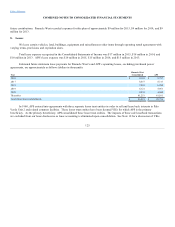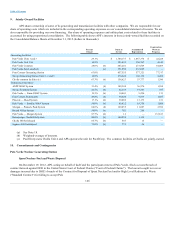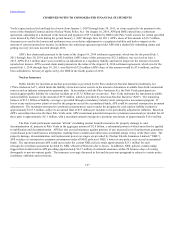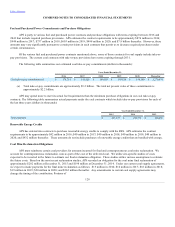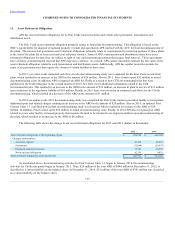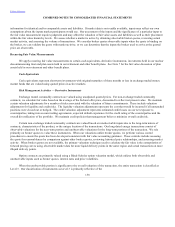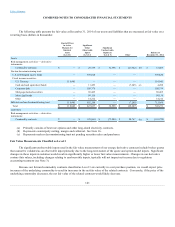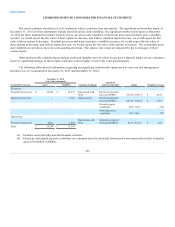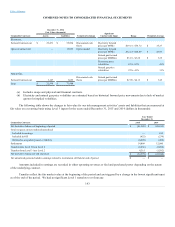APS 2015 Annual Report Download - page 138
Download and view the complete annual report
Please find page 138 of the 2015 APS annual report below. You can navigate through the pages in the report by either clicking on the pages listed below, or by using the keyword search tool below to find specific information within the annual report.
Table of Contents
COMBINED NOTES TO CONSOLIDATED FINANCIAL STATEMENTS
As to our facilities on the Navajo Nation, EPA has yet to determine whether or to what extent EGUs on the Navajo Nation will
be required to comply with the Clean Power Plan. EPA has proposed to determine that it is necessary or appropriate to impose a federal
plan on the Navajo Nation for compliance with the Clean Power Plan. In response, we filed comments with EPA advocating that such a
federal plan is neither necessary nor appropriate to protect air quality on the Navajo Nation. If EPA reaches a determination that is
consistent with our preferred approach for the Navajo Nation, we believe the Clean Power Plan will not have material financial or
operational impacts on our operations within the Navajo Nation.
Alternatively, if EPA determines that a federal plan is necessary or appropriate for the Navajo Nation, and depending on our
need for future operations at our EGUs located there, we may be unable to comply with the federal plan unless we acquire mass-based
allowances or emission rate credits within established carbon trading markets, or curtail our operations. Subject to the uncertainties set
forth below, and assuming that EPA establishes a federal plan for the Navajo Nation that requires carbon allowances or credits to be
surrendered for plan compliance, it is possible we will be required to purchase some quantity of credits or allowances, the cost of which
could be material.
Because ADEQ has not issued its plan for Arizona, and because we do not know whether EPA will decide to impose a plan or,
if so, what that plan will require, there are a number of uncertainties associated with our potential cost exposure. These uncertainties
include: whether judicial review will result in the Clean Power Plan being vacated in whole or in part or, if not, the extent of any
resulting compliance deadline delays; whether any plan will be imposed for EGUs on the Navajo Nation; the future existence and
liquidity of allowance or credit compliance trading markets; the applicability of existing contractual obligations with current and former
owners of our participant-owned coal-fired EGUs; the type of federal or state compliance plan (either rate- or mass-based); whether or
not the trading of allowances or credits will be authorized mechanisms for compliance with any final EPA or ADEQ plan; and how units
that have been closed will be treated for allowance or credit allocation purposes.
In the event that the incurrence of compliance costs is not economically viable or prudent for our operations in Arizona or on
the Navajo Nation, or if we do not have the option of acquiring allowances to account for the emissions from our operations, we may
explore other options, including reduced levels of output, as an alternative to purchasing allowances. Given these uncertainties, our
analysis of the available compliance options remains on-going, and additional information or considerations may arise that change our
expectations.
Other environmental rules that could involve material compliance costs include those related to effluent limitations, the ozone
national ambient air quality standard, greenhouse gas emissions, and other rules or matters involving the Clean Air Act, Clean Water
Act, Endangered Species Act, the Navajo Nation, and water supplies for our power plants. The financial impact of complying with
current and future environmental rules could jeopardize the economic viability of our coal plants or the willingness or ability of power
plant participants to fund any required equipment upgrades or continue their participation in these plants. The economics of continuing
to own certain resources, particularly our coal plants, may deteriorate, warranting early retirement of those plants, which may result in
asset impairments. APS would seek recovery in rates for the book value of any remaining investments in the plants as well as other
costs related to early retirement, but cannot predict whether it would obtain such recovery.
133


